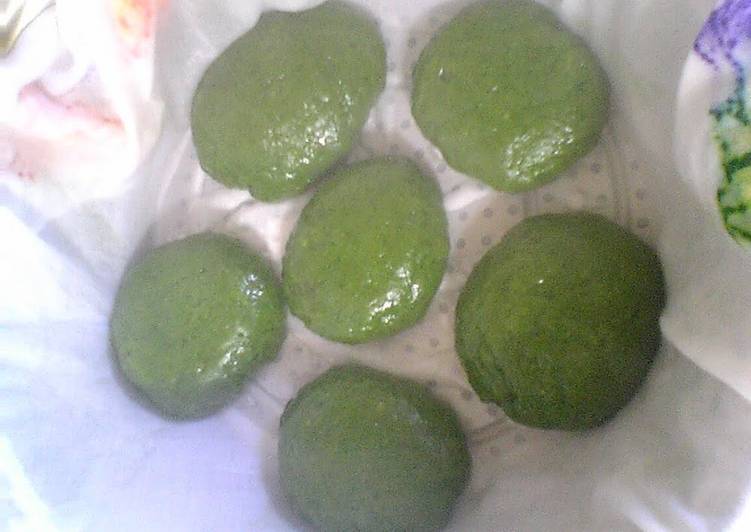
Hello everybody, it’s Brad, welcome to our recipe page. Today, we’re going to make a special dish, namafu manju (wheat gluten and mochi cakes). It is one of my favorites food recipes. This time, I am going to make it a bit tasty. This will be really delicious.
Namafu Manju (Wheat Gluten and Mochi Cakes) is one of the most popular of recent trending meals on earth. It is enjoyed by millions daily. It is simple, it is fast, it tastes yummy. Namafu Manju (Wheat Gluten and Mochi Cakes) is something which I’ve loved my whole life. They are fine and they look fantastic.
Put the bread flour and salt in a bowl. Fu-Manju is made of Nama-Fu, but as with typical Manju buns, the wheat gluten cake is stuffed with Anko sweet red bean paste. The cake itself is fresh and characterized by the distinctive soft chewy texture that comes from wheat gluten, while the Anko filling is.
To begin with this recipe, we have to first prepare a few ingredients. You can have namafu manju (wheat gluten and mochi cakes) using 8 ingredients and 19 steps. Here is how you can achieve it.